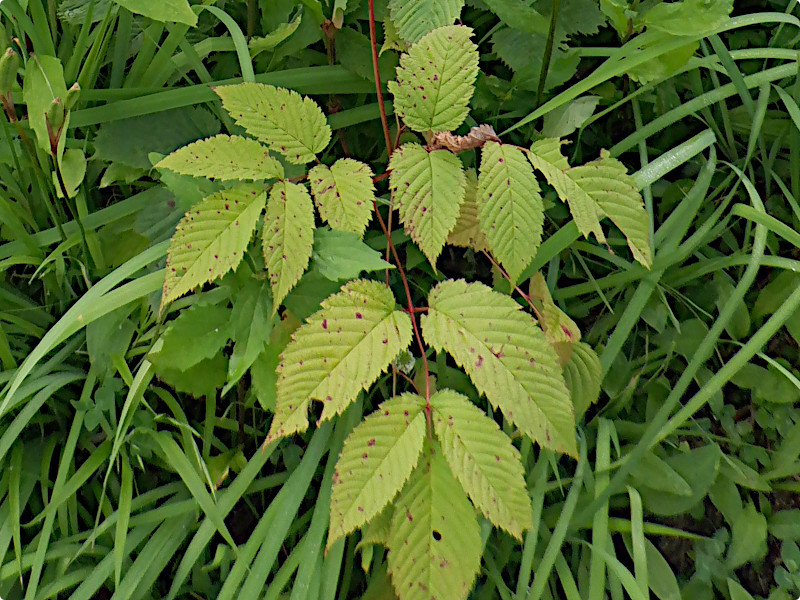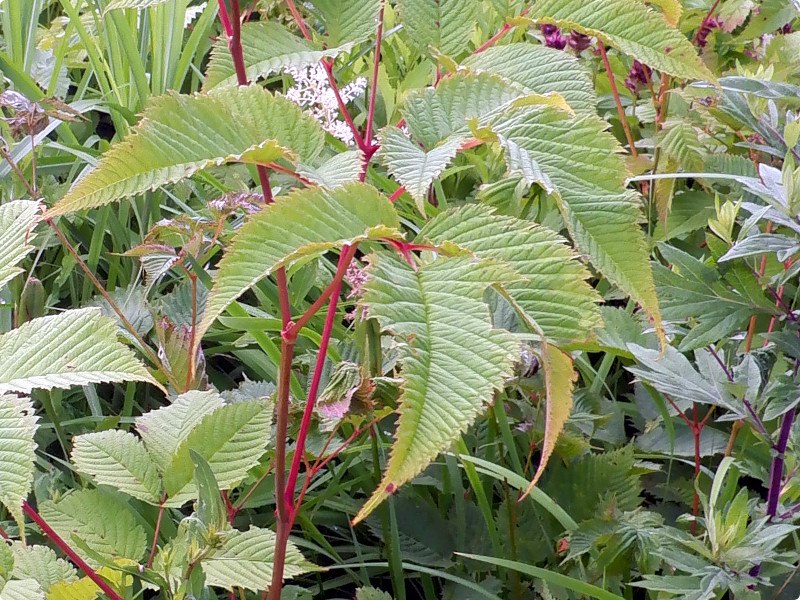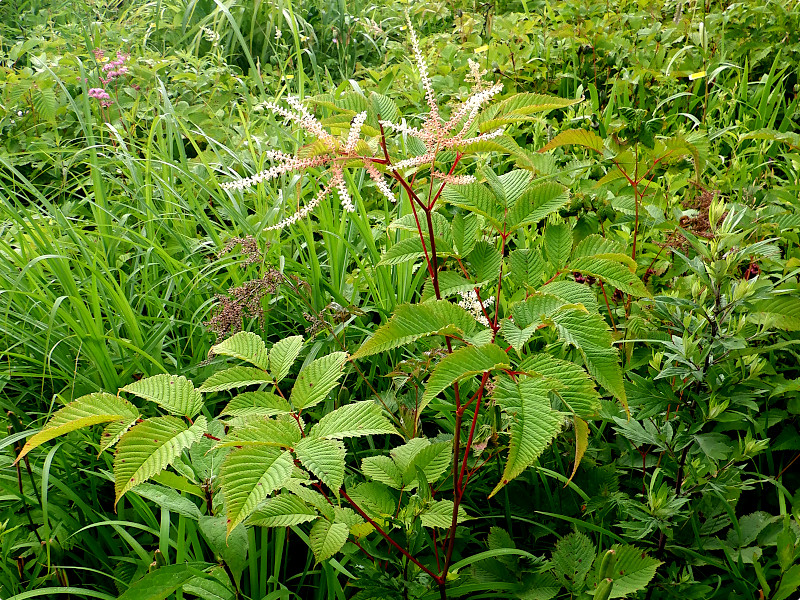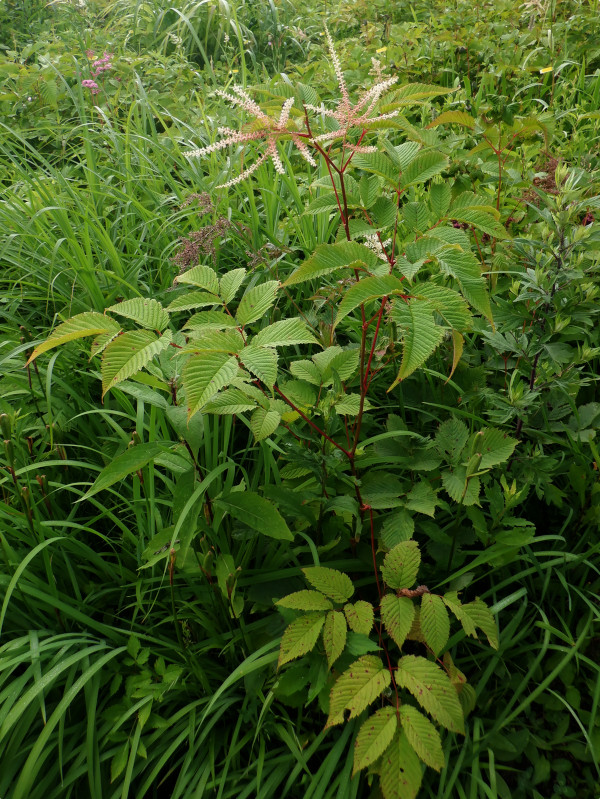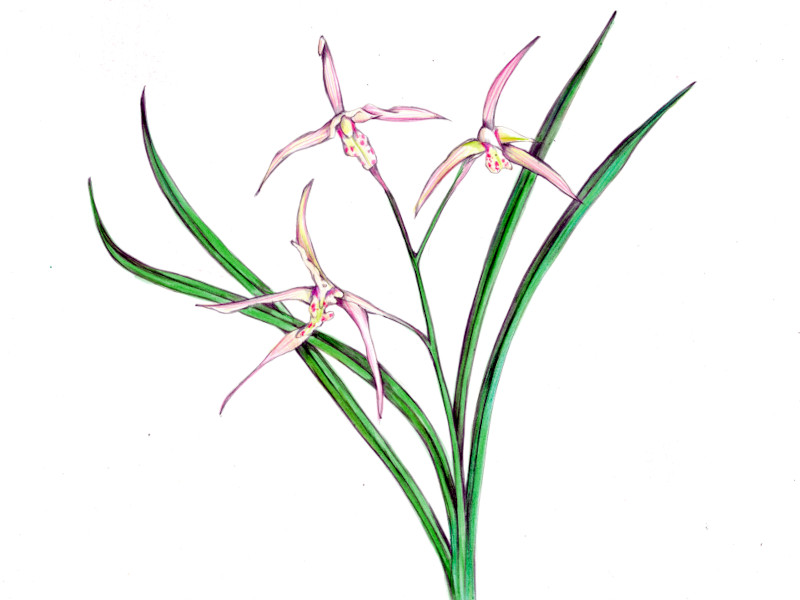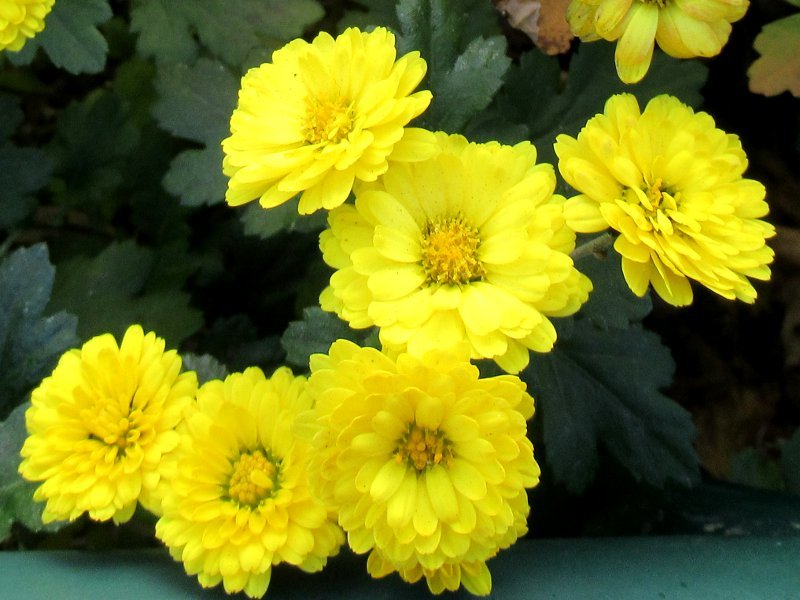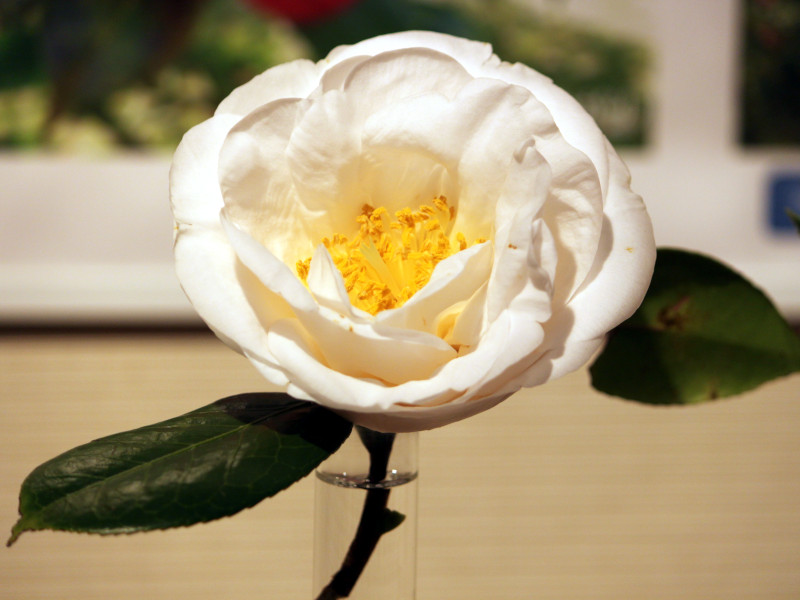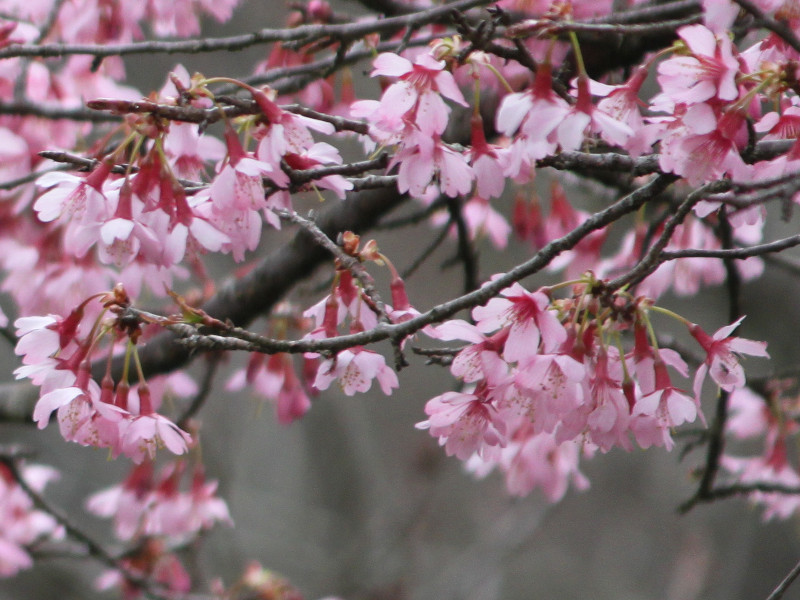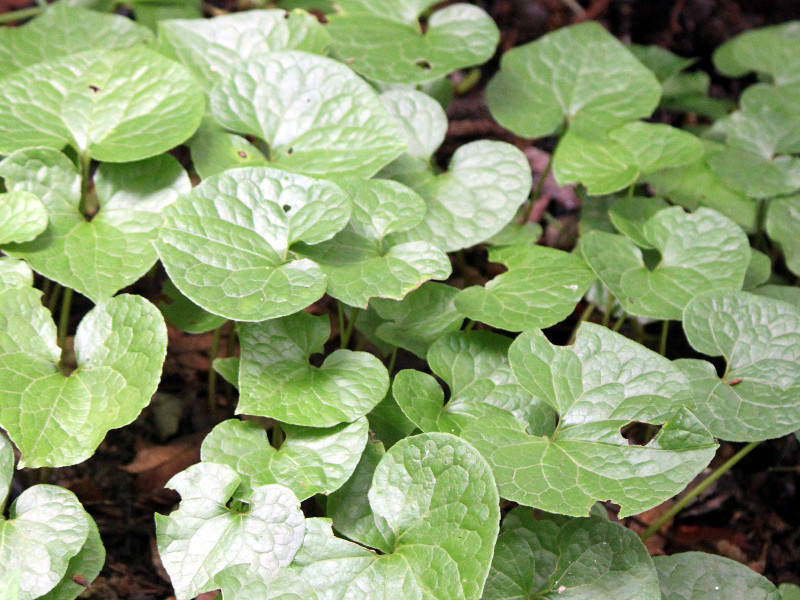Aruncus dioicus
- Flower nameAruncus dioicus
- Scientific nameAruncus dioicus var. kamtschaticus
- Aliasチシマヤマブキショウマ, 山吹升麻, 千島山吹升麻, ウスバヤマブキショウマ, Aruncus dioicus, goat's beard, buck's-beard, bride's feathers, yamabuki-shoma
- Place of originTemperate regions of the Northern Hemisphere
- Place of floweringFields and footpaths
- Flowering seasonJune, July, August
What is Aruncus dioicus
Goat’s beard (Aruncus dioicus var. kamtschaticus) is a perennial herb belonging to the family Rosaceae, genus Aruncus.
It is widely known in English as goat’s beard or bride’s feathers, while in Japan it is called Yamabuki-shōma.
It grows naturally from Hokkaido to Kyushu in Japan, in moist forest edges, grasslands, and rocky mountain areas.
The rhizome is thick and branched.
The plant grows 30–100 cm tall, forming clumps.
Leaves are biternate compound leaves, with ovate leaflets 3–10 cm long, caudate tips, 11–15 parallel veins, and coarsely serrated margins; arranged alternately.
Leaves are green at first, turning red in autumn.
It is dioecious. From June to August, it produces panicles 10–30 cm long, bearing numerous small yellowish-white flowers, each with 5 spatulate petals and many stamens.
The fruit is a follicle, glossy and coriaceous.
It is cultivated in gardens, and young shoots are edible.
Etymology of the Name
In Japan, the name Yamabuki-shōma comes from the similarity of its leaves to those of Kerria japonica (Japanese kerria).
Language of Flowers
"Freshness," "Sincere love," "Noble heart."
Common English name: Goat’s beard, Bride’s feathers
Japanese name: Yamabuki-shōma (山吹升麻)
Scientific name: Aruncus dioicus var. kamtschaticus
Chinese name: 假升麻 (Jiǎ shēng má)
Classification: Plantae – Angiosperms – Eudicots – Rosales – Rosaceae – Aruncus – Aruncus dioicus var. kamtschaticus
Native range: Temperate regions of the Northern Hemisphere
Habitat in Japan: Hokkaido to Kyushu, in moist forest edges, grasslands, and rocky mountain areas
Rhizome: Thick and branched
Plant height: 30–100 cm, clump-forming
Leaf type: Biternate compound leaves
Leaflets: Ovate, caudate apex, 3–10 cm long
Leaf margin: Coarsely serrated
Leaf color: Green → red in autumn
Leaf venation: 11–15 parallel veins
Leaf arrangement: Alternate
Sexuality: Dioecious
Flowering period: June–August
Inflorescence type: Panicle
Inflorescence length: 10–30 cm
Flower color: Yellowish-white
Flower diameter: ca. 0.25 cm
Petals: 5, spatulate
Stamens: Numerous
Fruit type: Follicle
Fruit texture: Glossy, coriaceous
Uses: Garden planting, young shoots edible
■ Related page:
Goat’s beard (Aruncus dioicus var. kamtschaticus)

